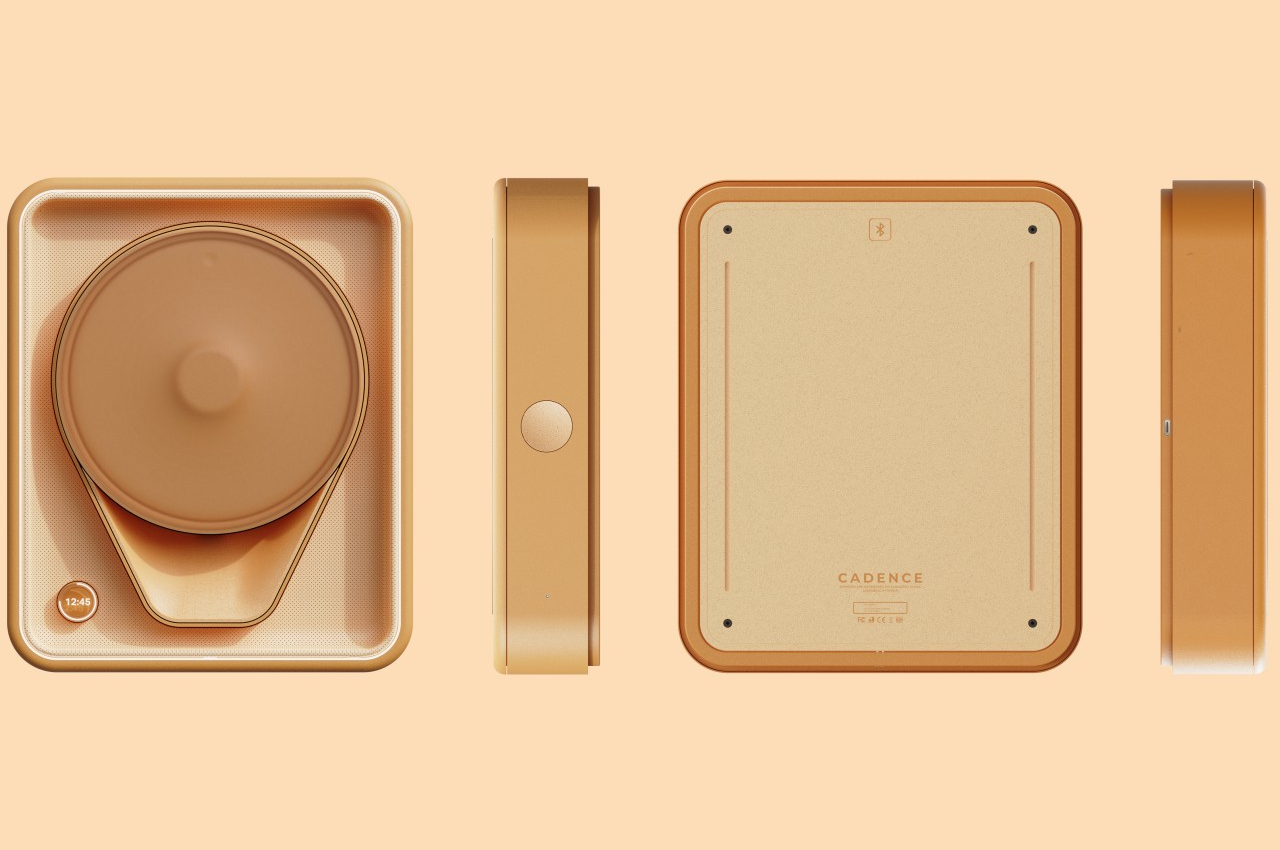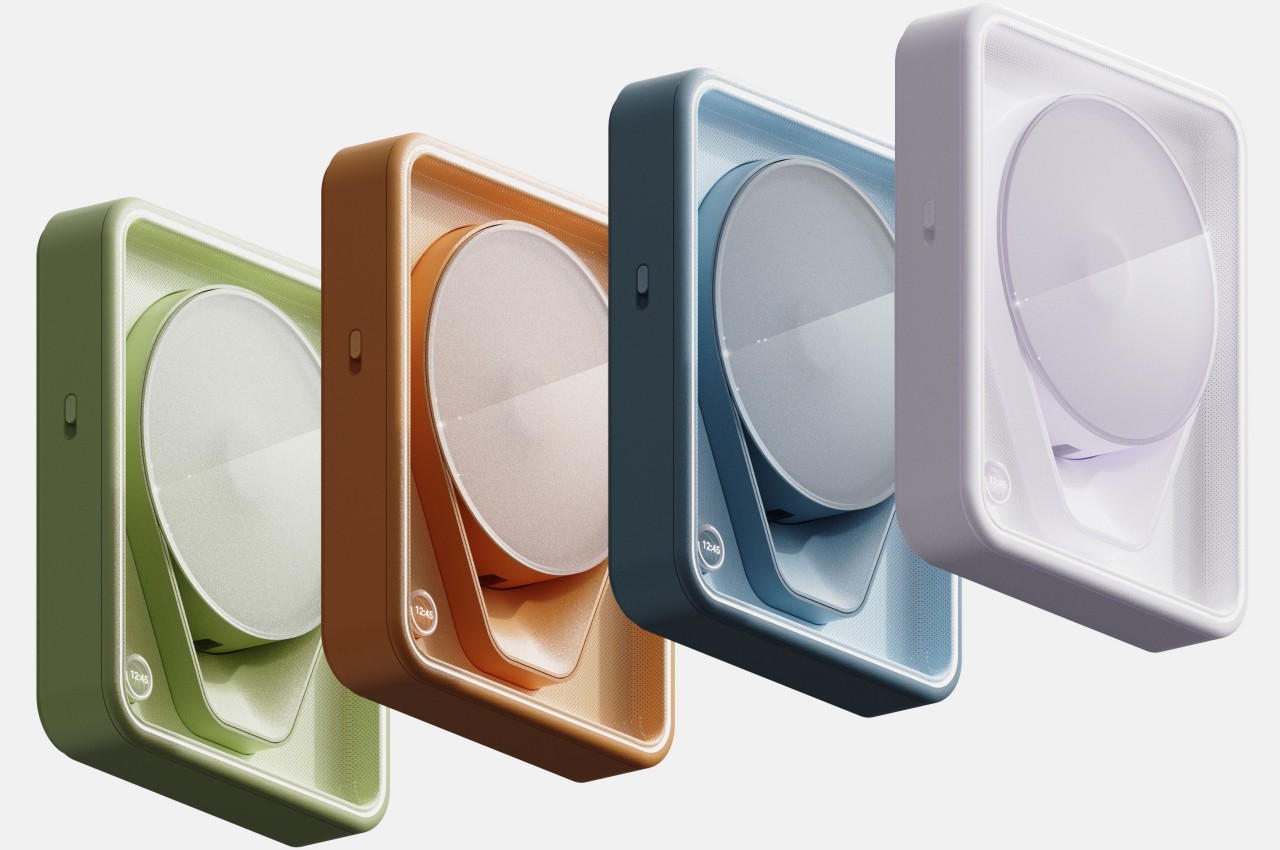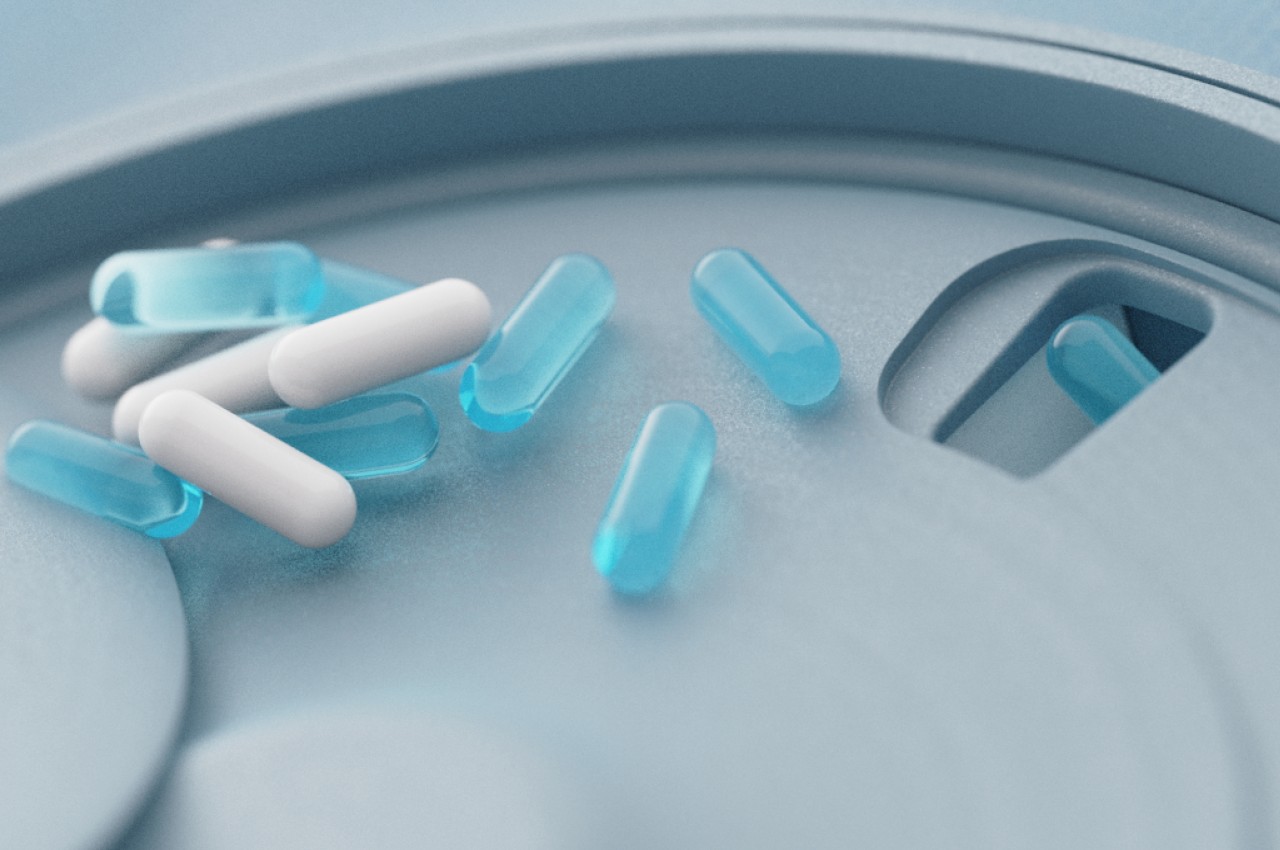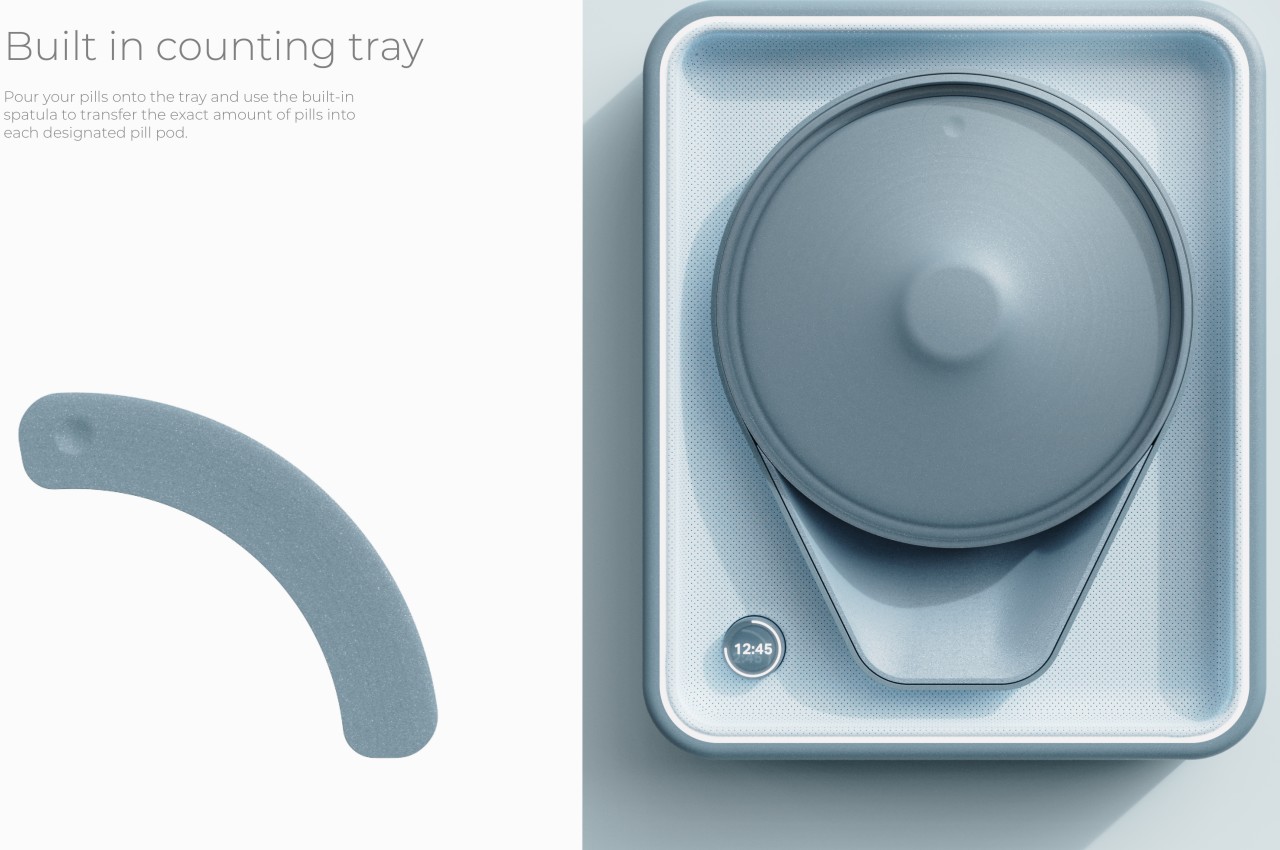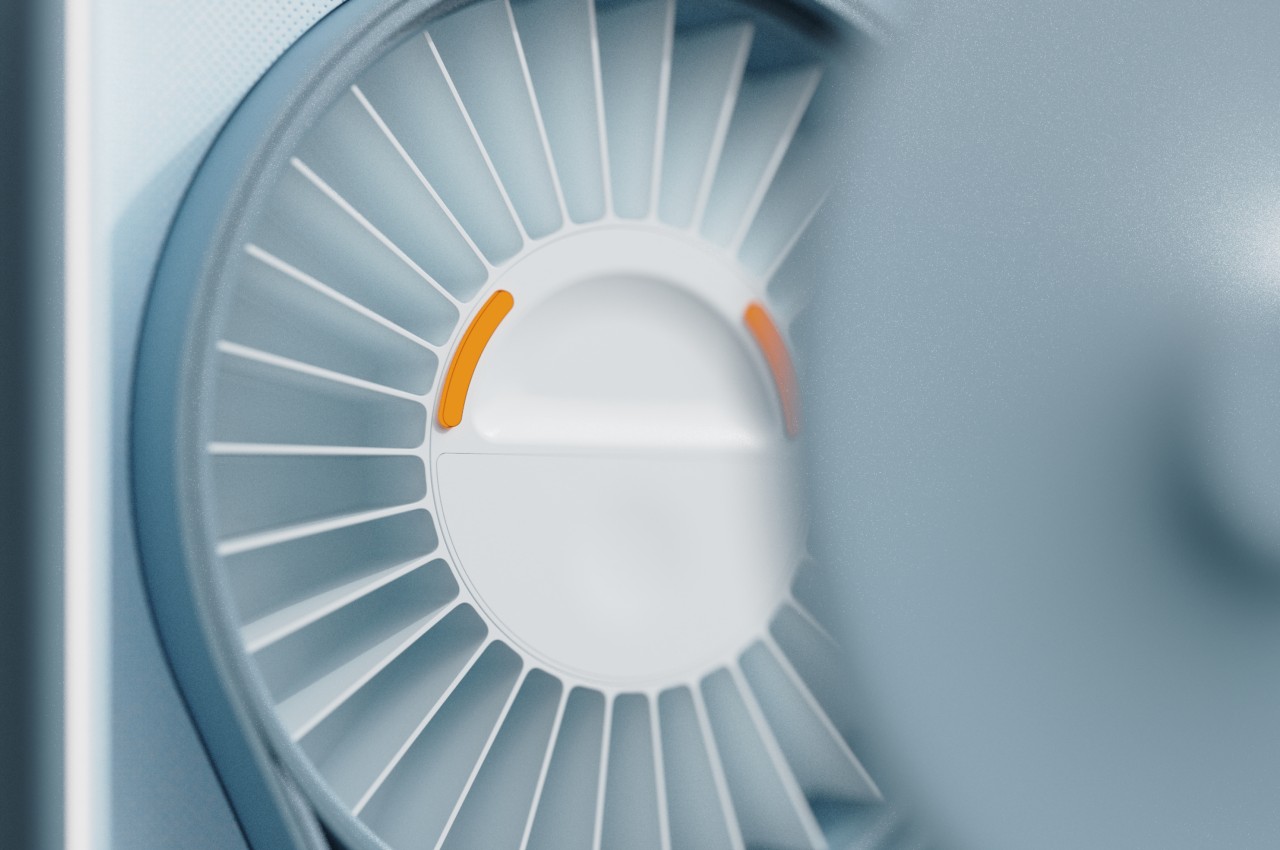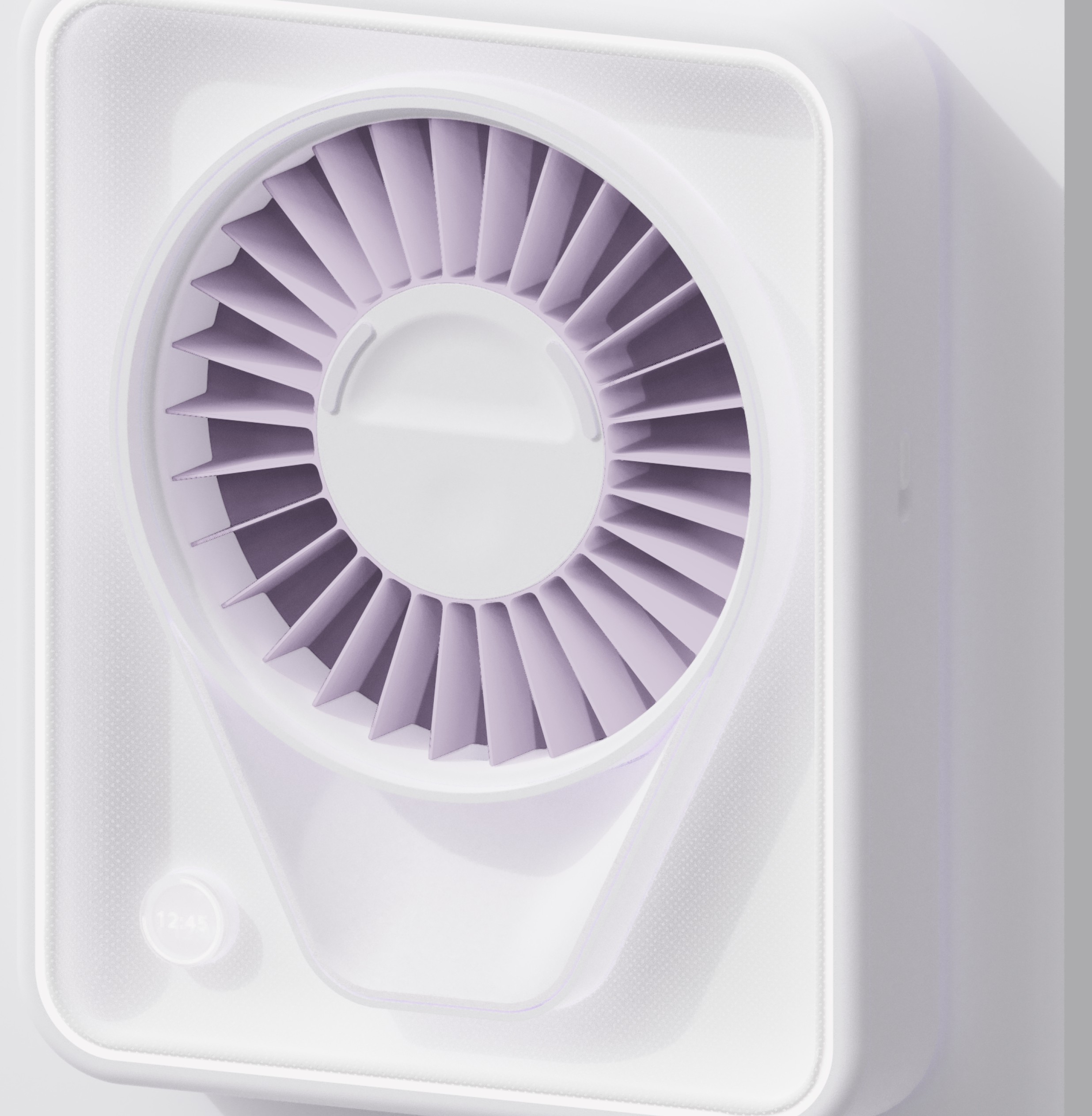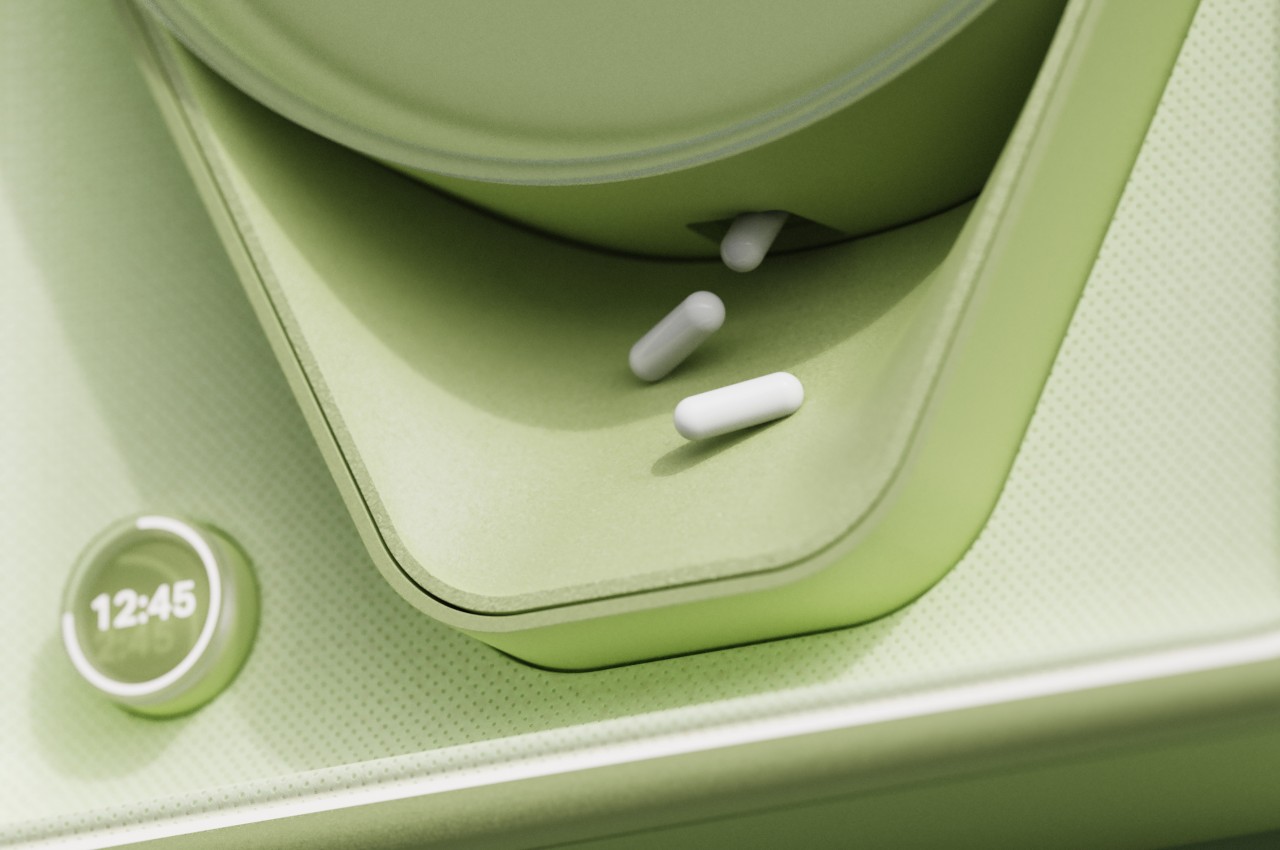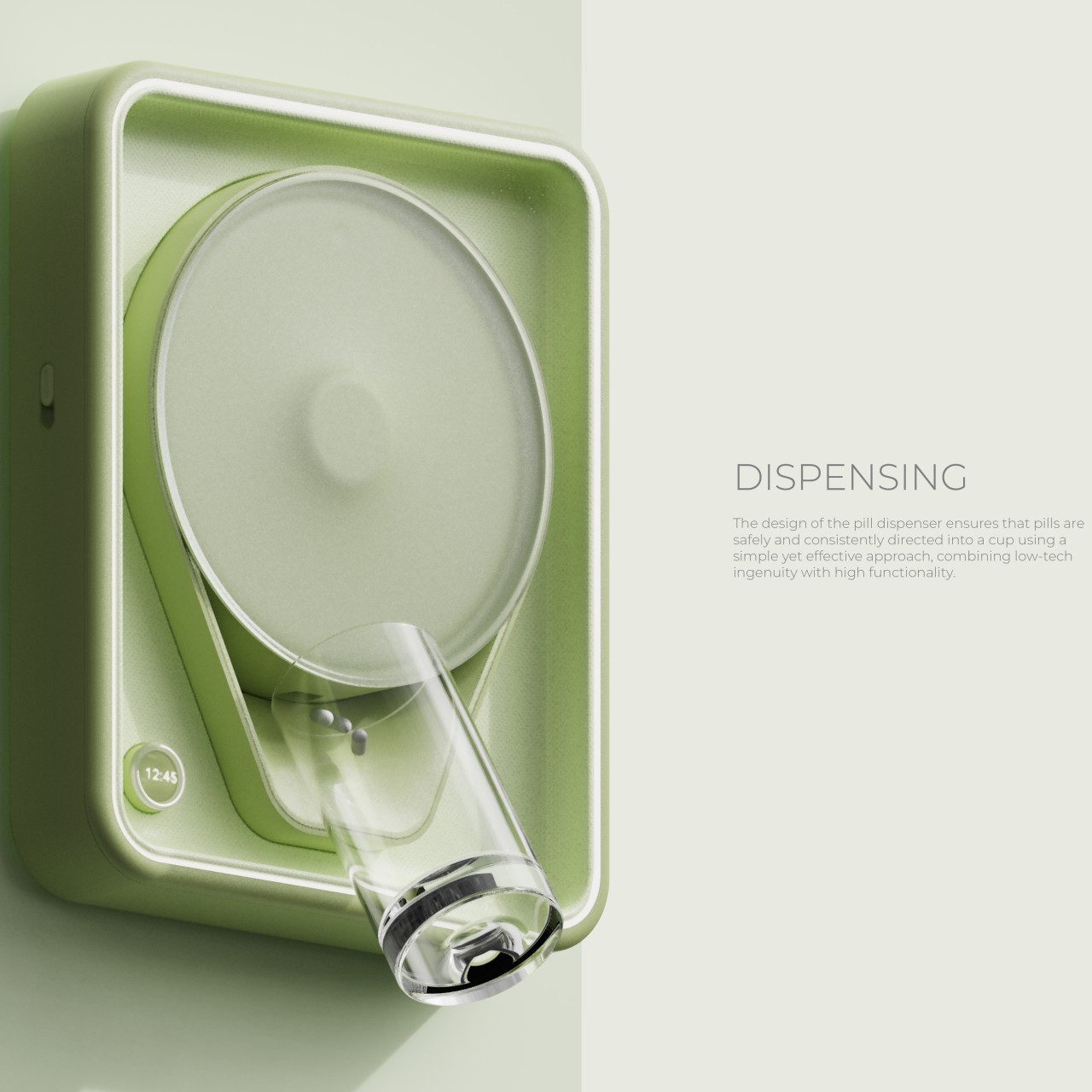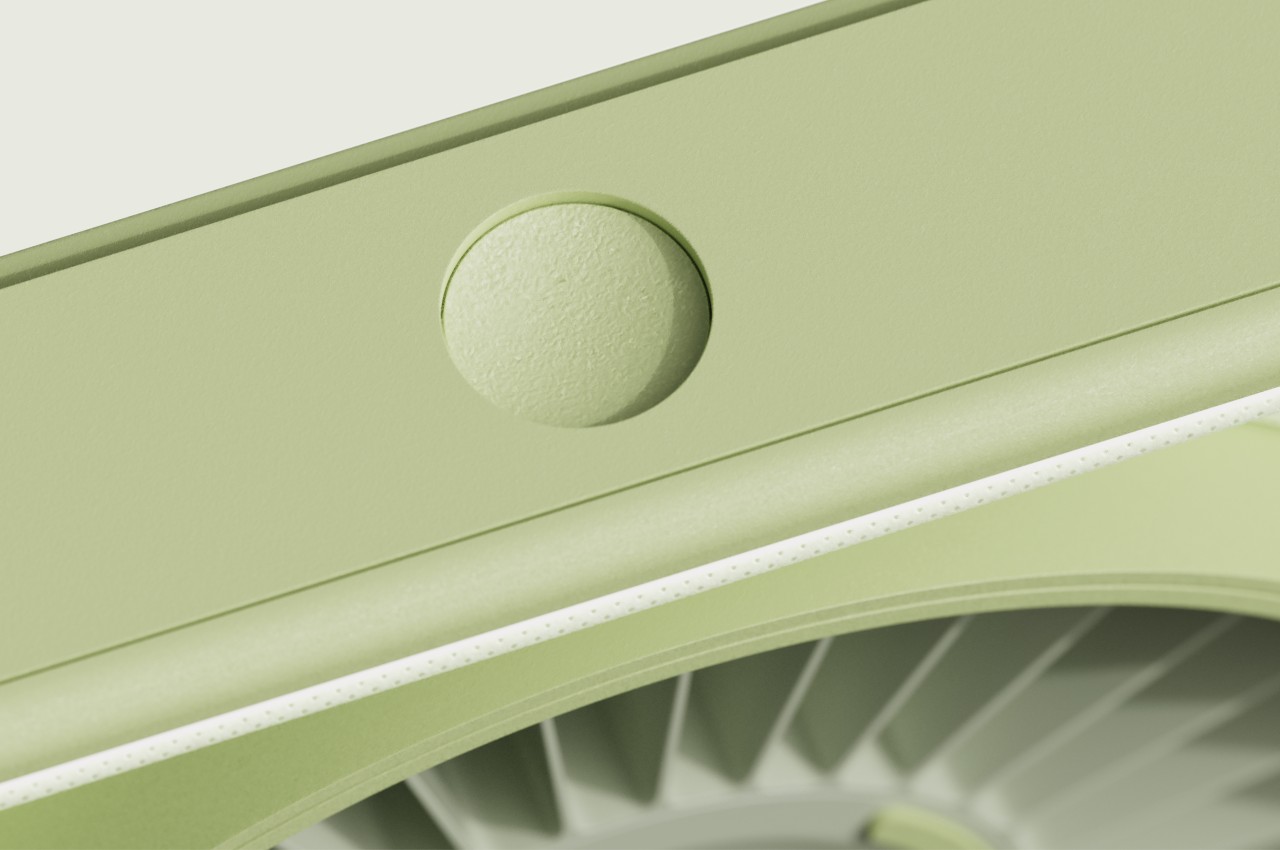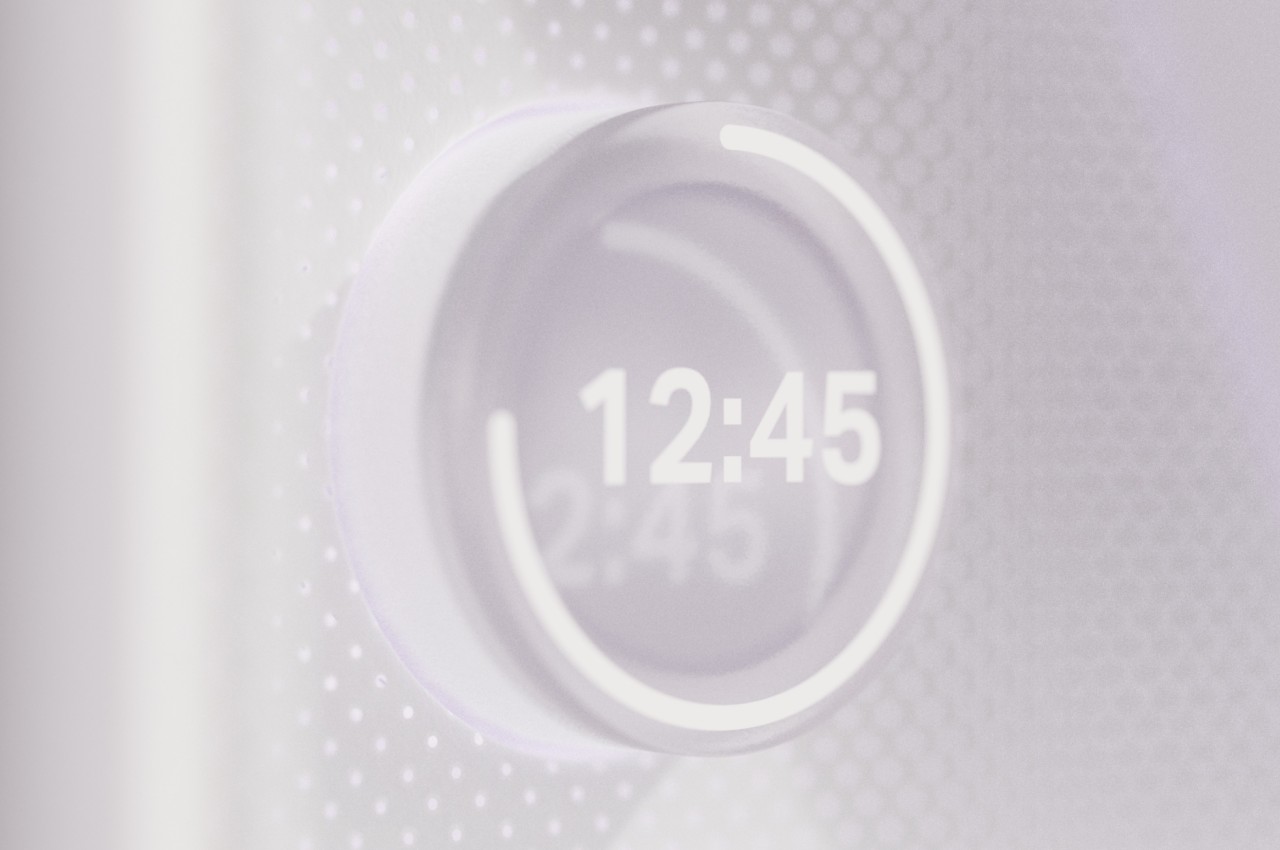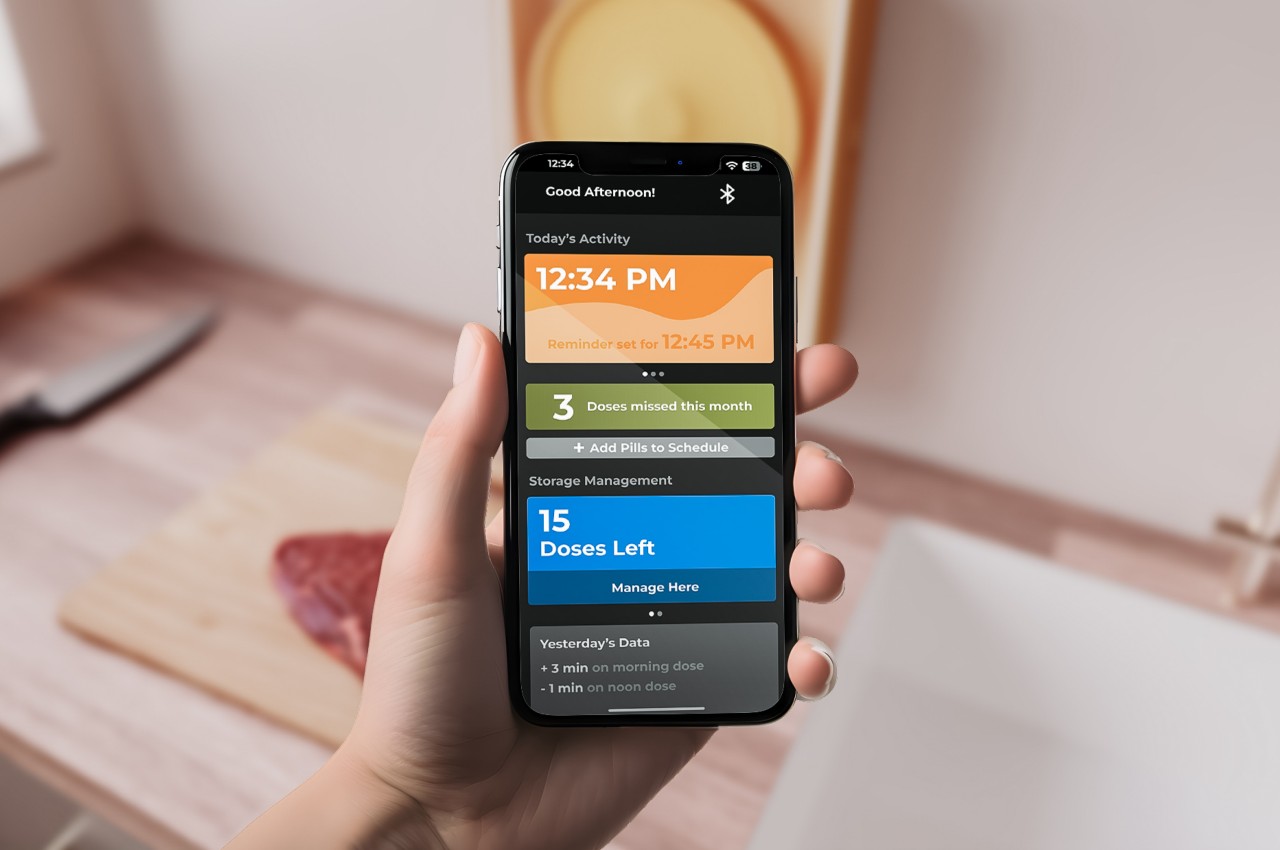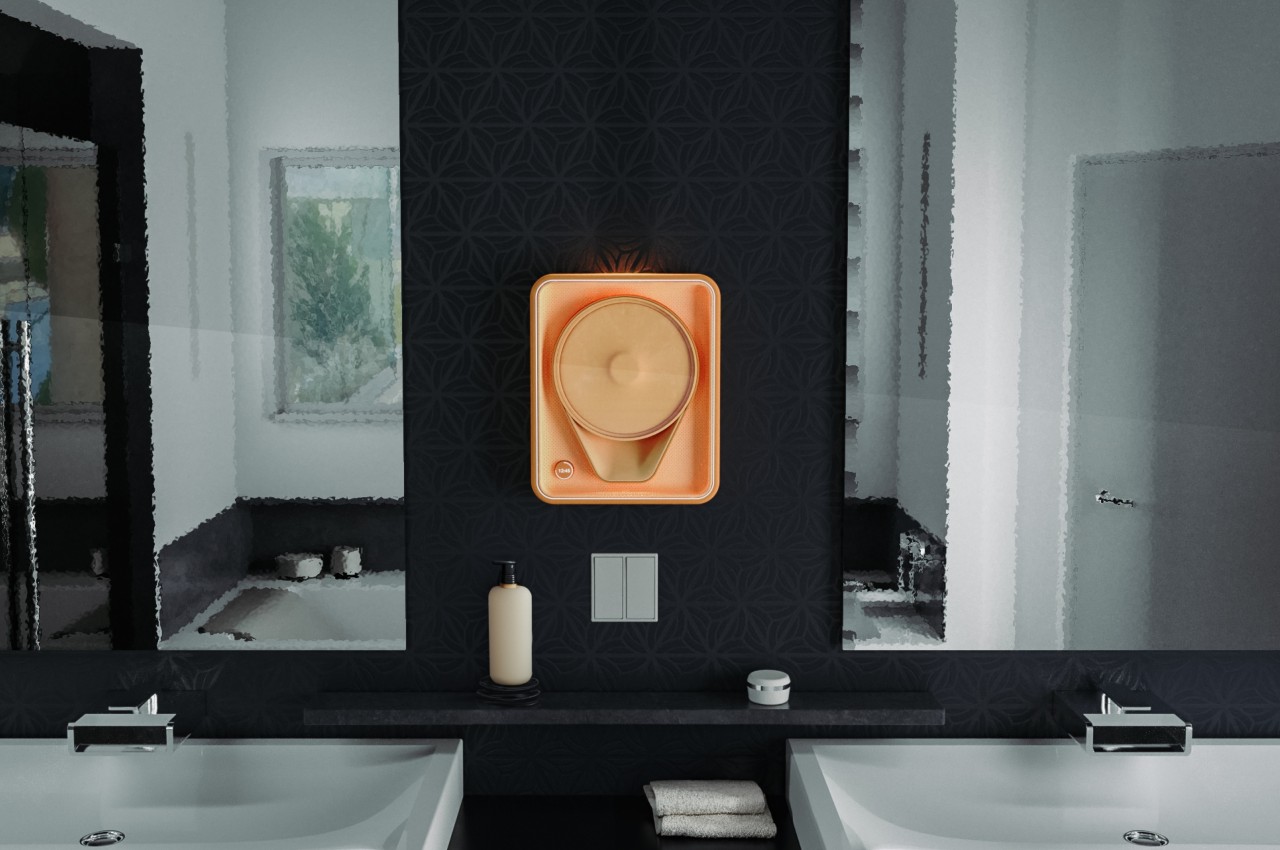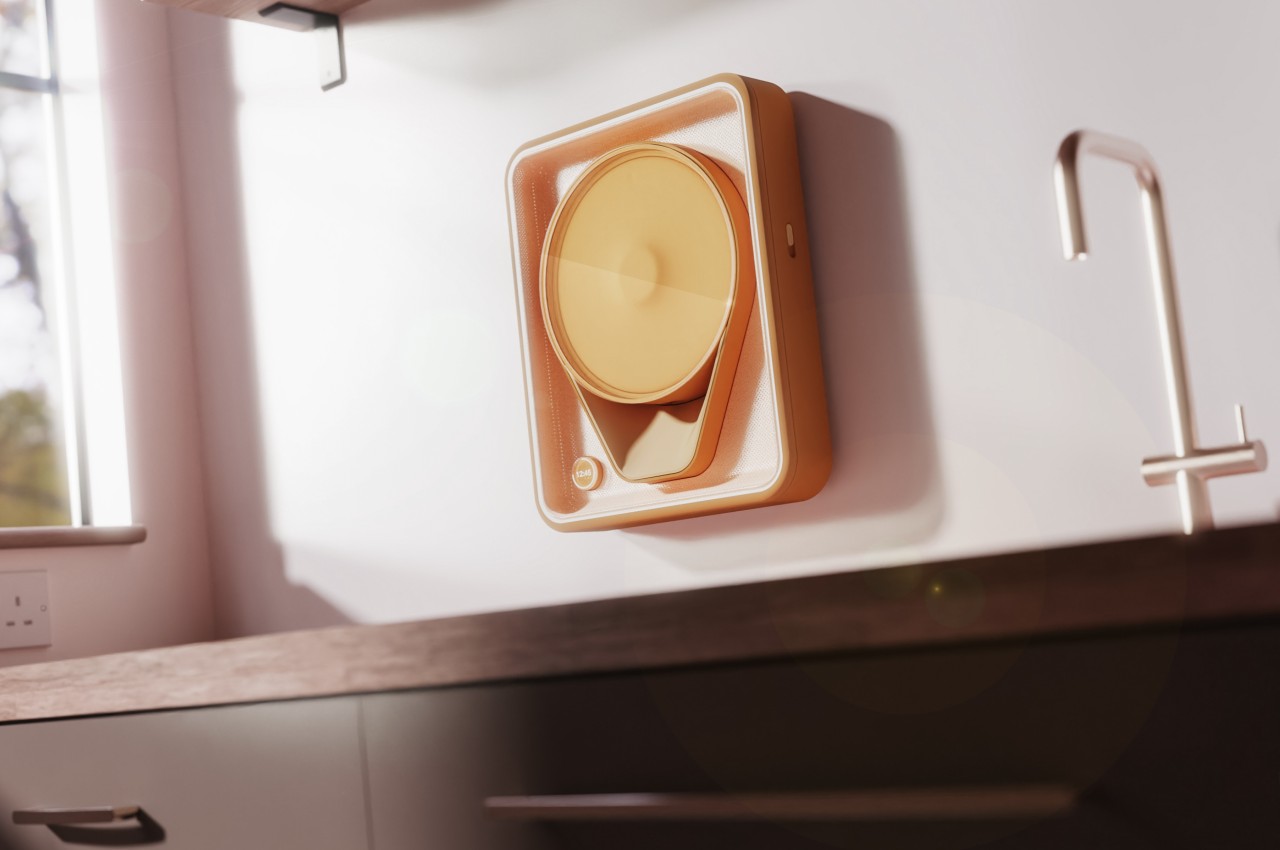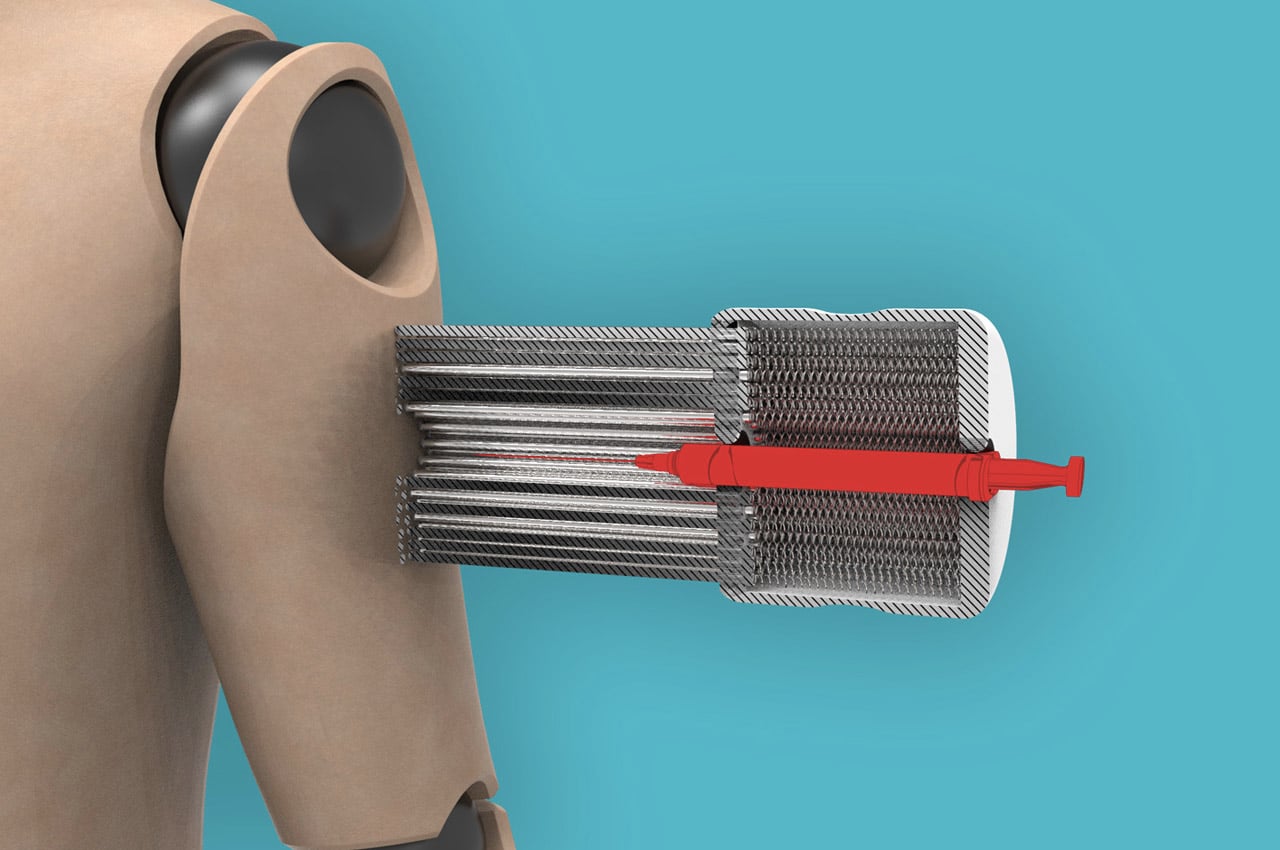
Looking after our health is a necessity, and proactive action and a mindset of preparedness are always necessary for dealing with medical emergencies. By taking the right precaution, and being prepared always, we can handle a medical emergency to the best of our ability. And the medical industry has been coming up with ingenious innovations, that are completely transforming the healthcare game. Designers have been coming up with new and improved, life-saving medical designs that not only boost medical care but also relieve some of the pressure from our tireless medical force. From an award-winning inflatable stretcher design to a copper jacket that can protect from diseases – these innovations are upping the medical arena.
1. Pinsoft
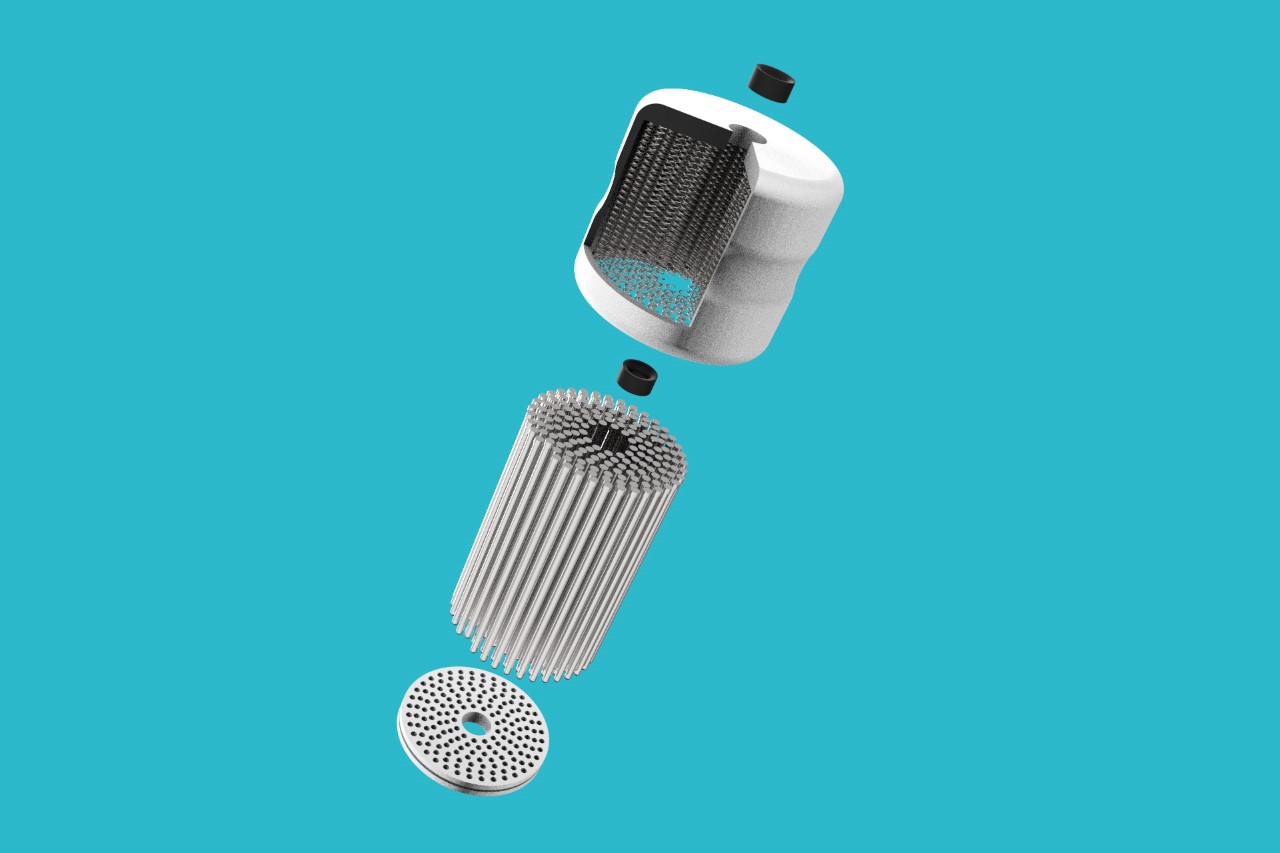
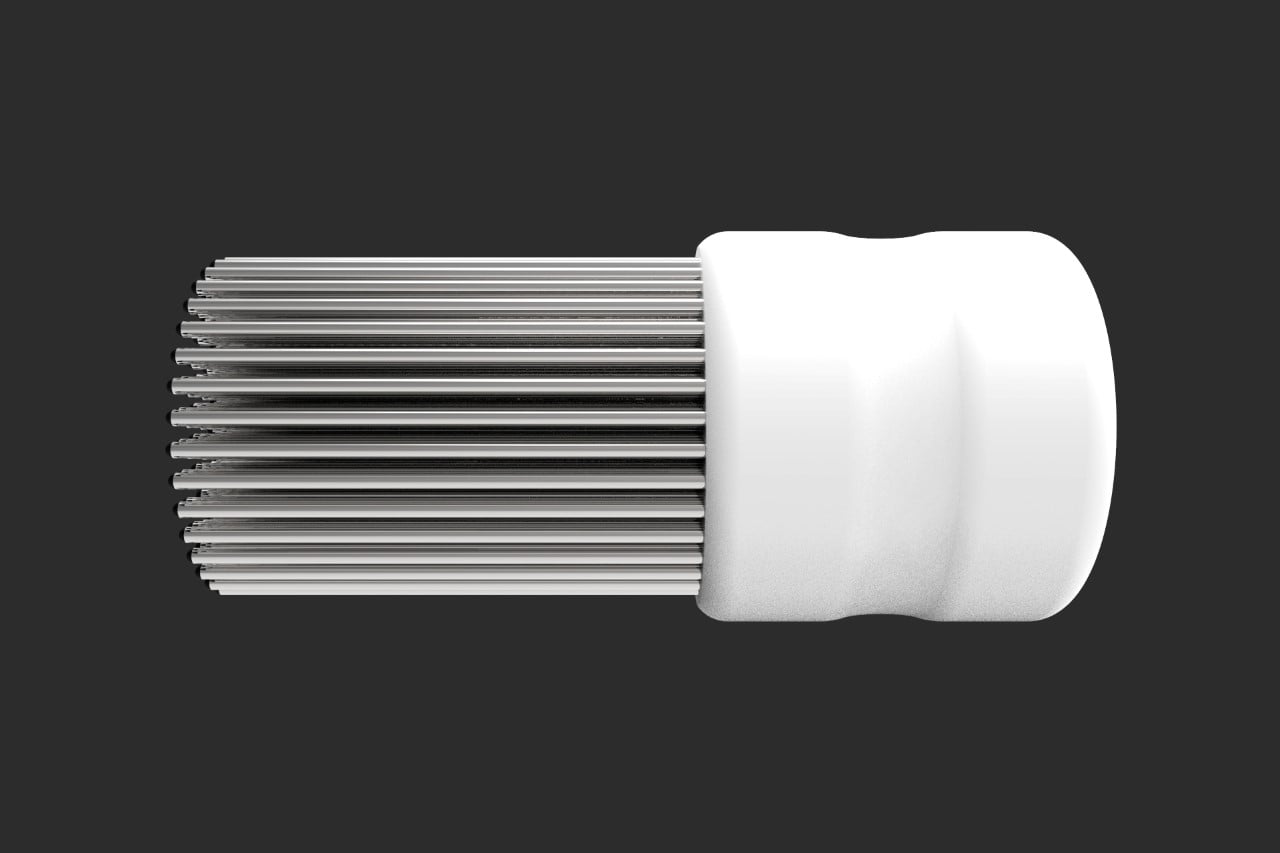
Called the Pinsoft, this James Dyson National Award-winning design is an injection attachment that helps people with a fear of needles, or Trypanophobia. The Pinsoft is placed around an injection, and it features multiple round-tipped prongs that confuse your skin as the needle pricks through it. It causes a gentle stimulation which distracts your mind, so you can’t differentiate between the touch of the prongs and the needle. By the time you realize what’s going on, you’ve received your shot!
2. Inflatable Stretcher
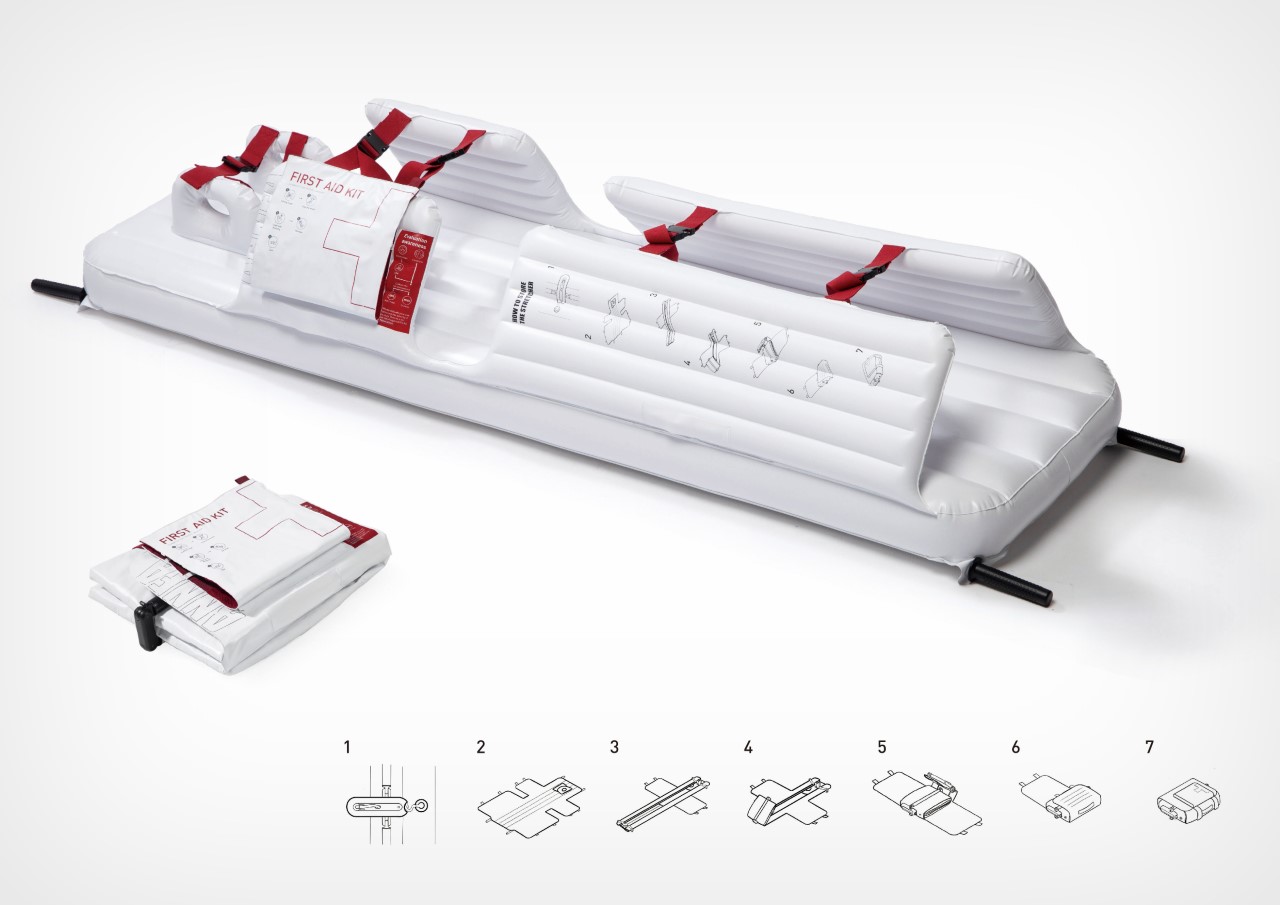
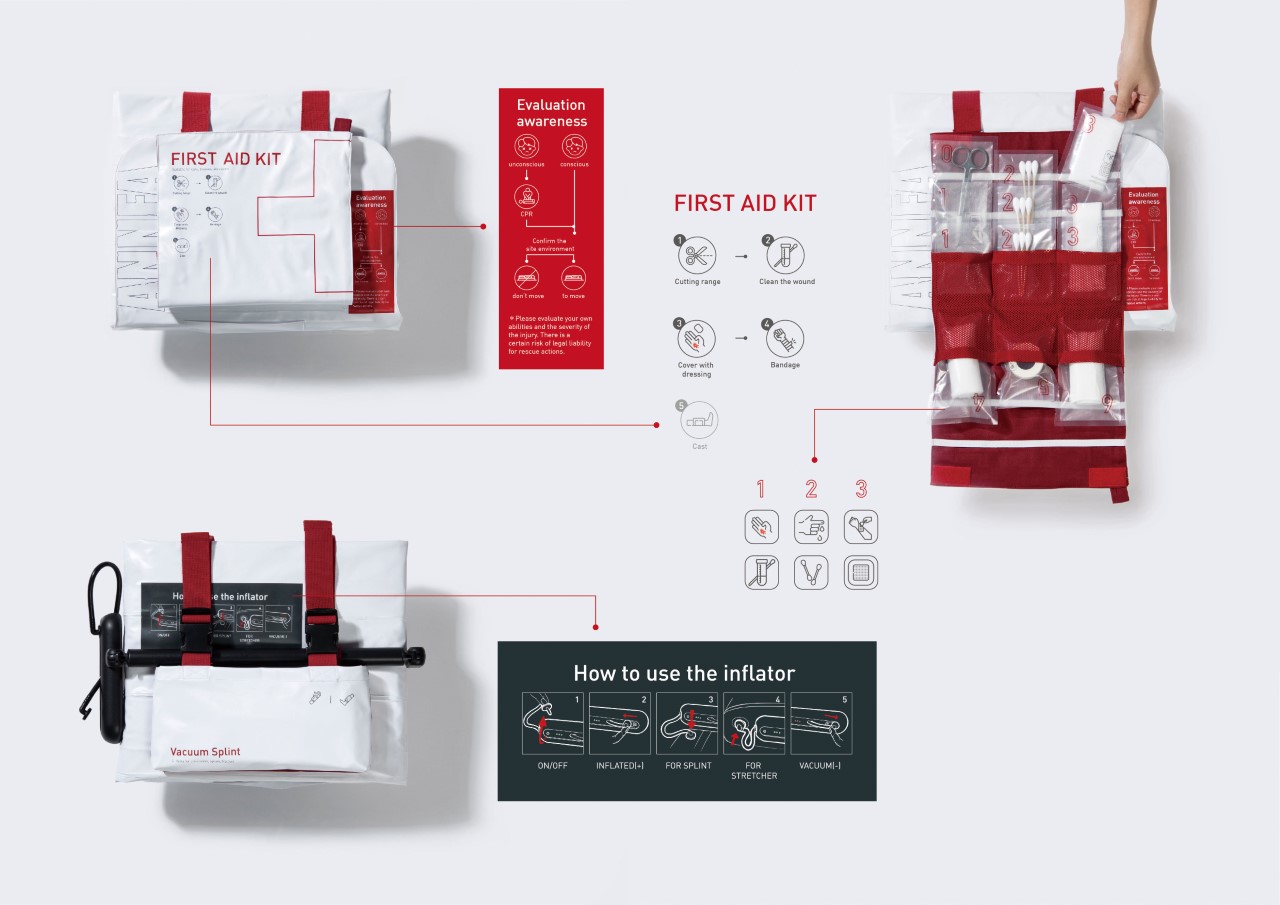
Named the Inflatable Stretcher, this innovative design by Yu-Hsin Wu is intended to be a novel and refreshing upgrade to the typical stretcher. This upgraded stretcher allows patients to be carried from the site of the accident to the hospital in a safe, secure, and protected manner. This stretcher protects the patient and cushions them the way you would wrap something or someone up in some bubble wrap!
3. Jelly Medicine


This revolutionary jelly medicine makes swallowing medicines super easy! It also deals with the issue of access to clean water, which is pretty recurrent in poor countries. When water is contaminated, it is harmful for people to consume medicines with this water. But this innovative medicine design is water-free! it is the same size as a sip of water, so patients don’t need to drink any water when consuming the medicine. “Poor hygiene and poor water quality are causes of many diseases, including cholera and typhoid fever. When taking medicine in such conditions, there is a risk of acquiring additional illness if the medication is taken with unsanitary water. Jelly medicine eliminates this hygienic problem because it can be easily swallowed without water,” said the designer.
4. BeamO
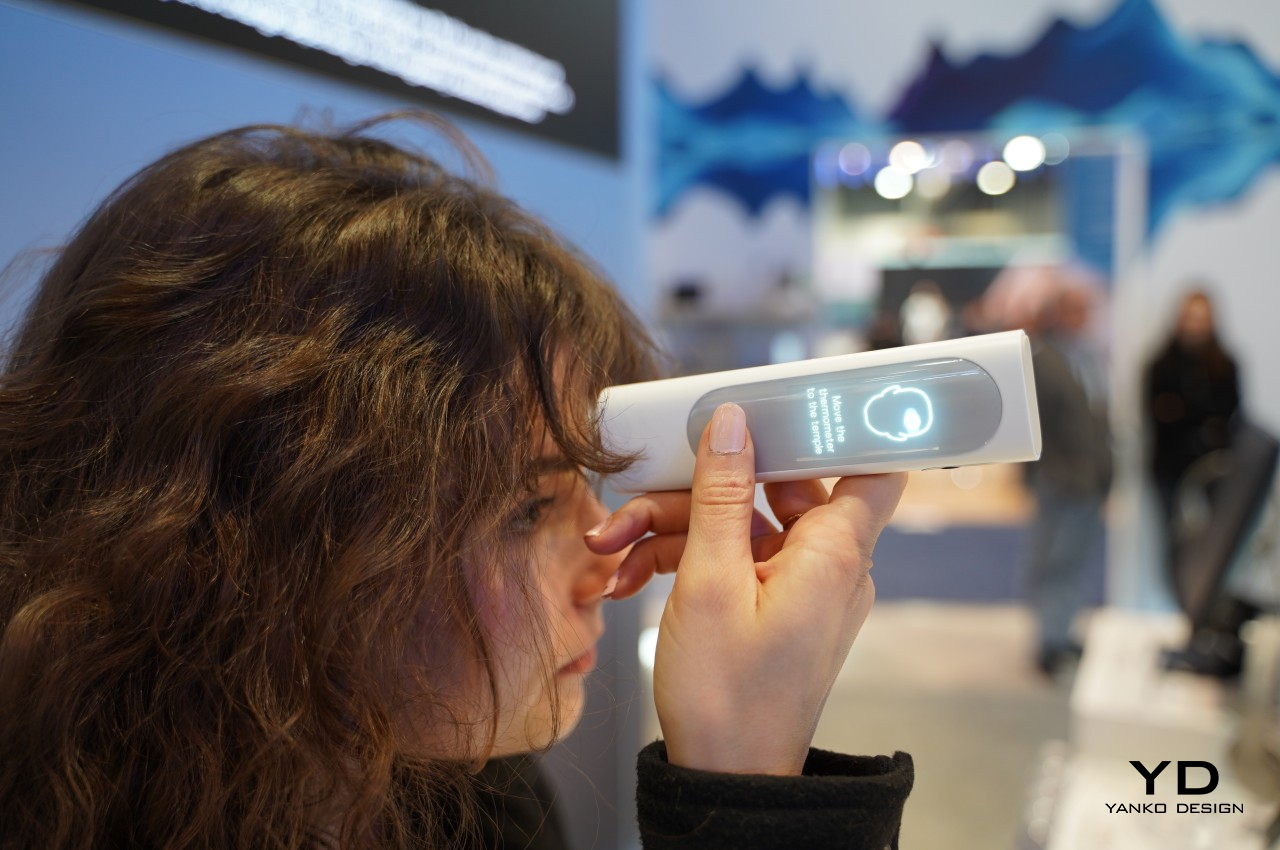
At CES 2024, Withings introduced the BeamO – an all-in-one diagnostic health monitor designed to be used at home. It is a USB-shaped 4-in-1 multiscope that will keep a check on the vitals of your lungs, heart, and temperature. This medical-grade tool is inspired by the popularity of the contactless thermometer. BeamO elevates the process of taking in core vitals from the comfort of one’s own home. The data will provide a complete overview of the patient’s overall health, or offer warning of any potential areas of concern.
5. Cadence
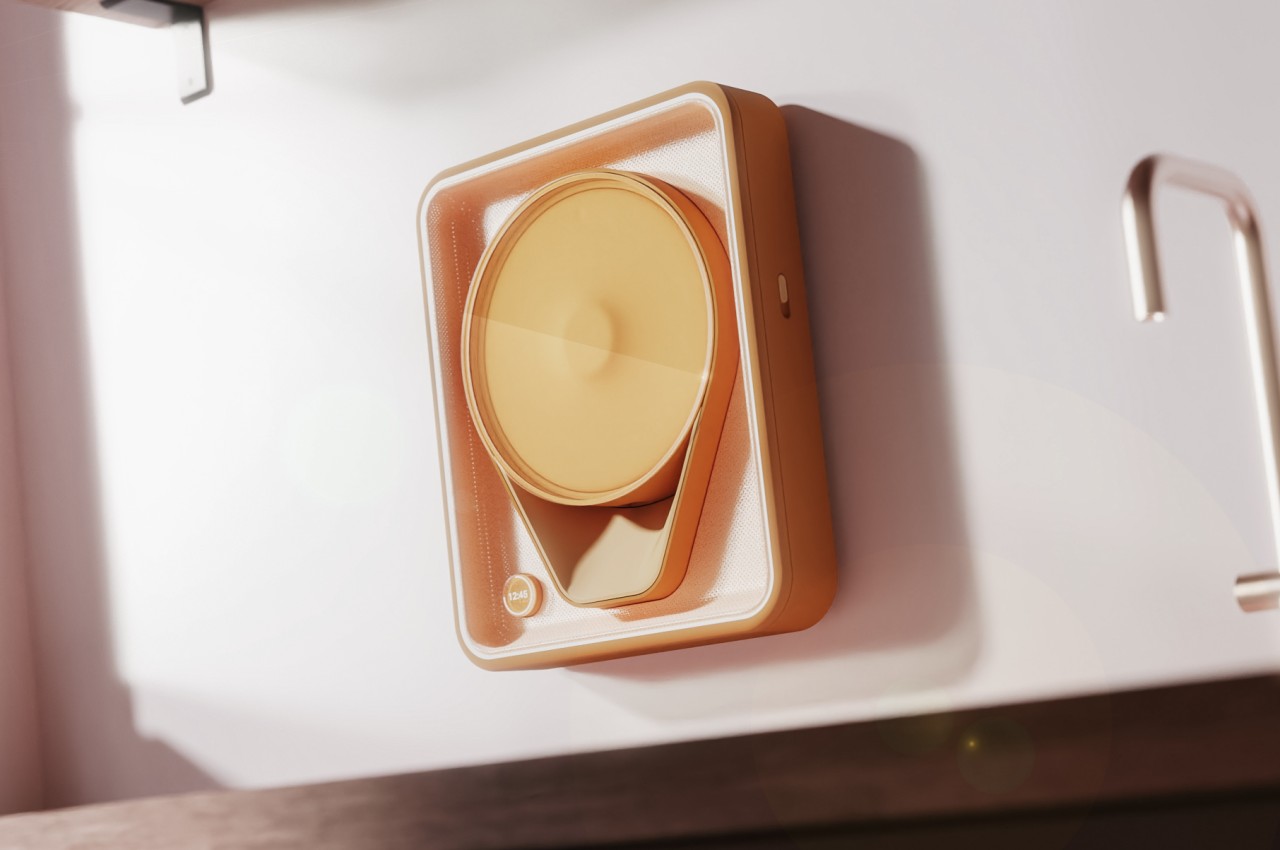
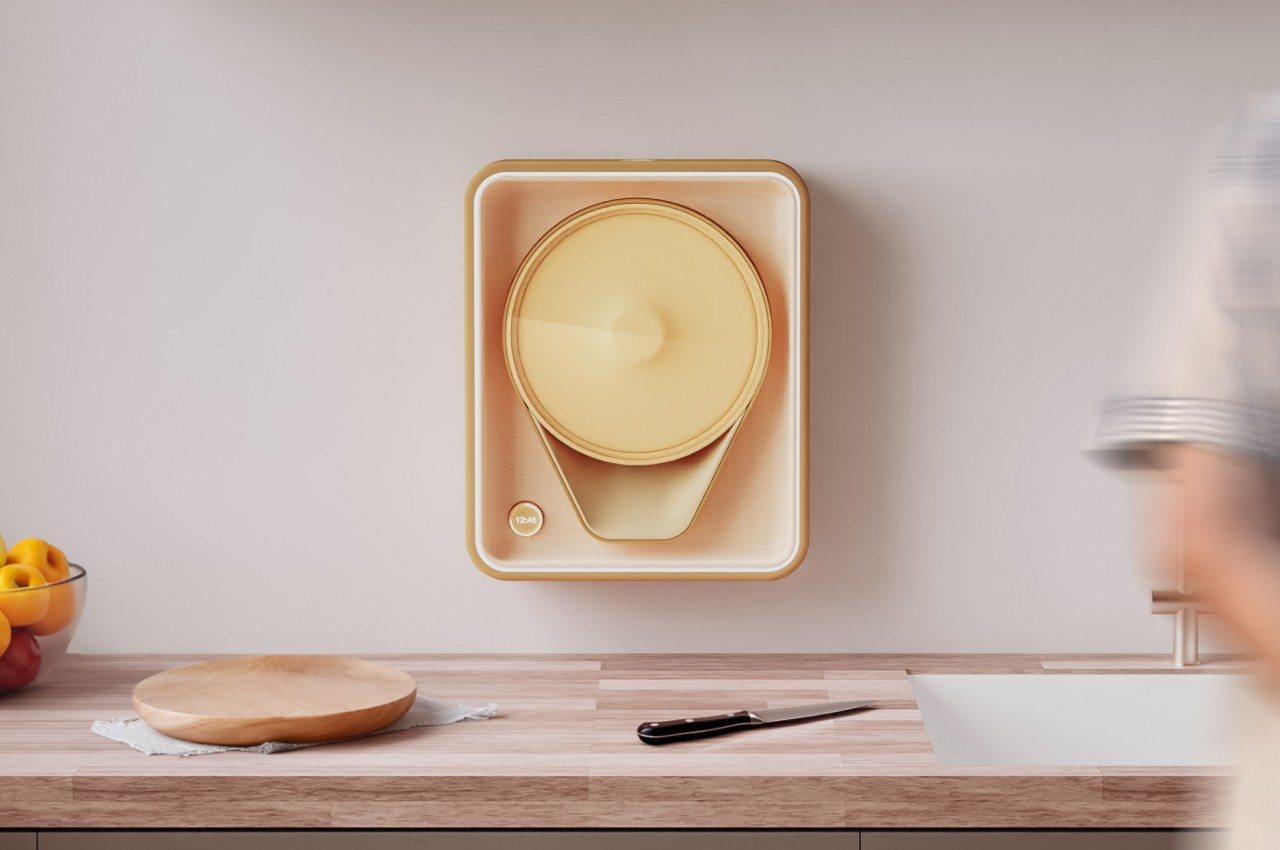
Say hello to Cadence – a conceptual design featuring a pharmacy-grade pill sorting plate that makes organizing pills a breeze. The innovative product sorts out your pills for you and places them in the right section. The specially designed tray is equipped with an opening for one day only, so you don’t misplace pills and add them inside compartments that are already full for the day. You can also place all the pills on the tray, and then use the built-in spatula provided to move the required pills to the opening.
6. Full Metal Jacket


Meet the Full Metal Jacket – an innovative jacket made from a germ-repelling metallic textile. Designed by Vollebak, the Full Metal Jacket is made from a fabric with woven strands of copper, making it quite breathable and flexible. The jacket includes almost 11 kilometers of copper, and it depends on copper’s ability to kill any bacteria or viruses that may come in contact with it. It features three separate layers – one made from a lacquered copper yarn, using a process that takes a whole week.
7. Smart Prosthetic Arm
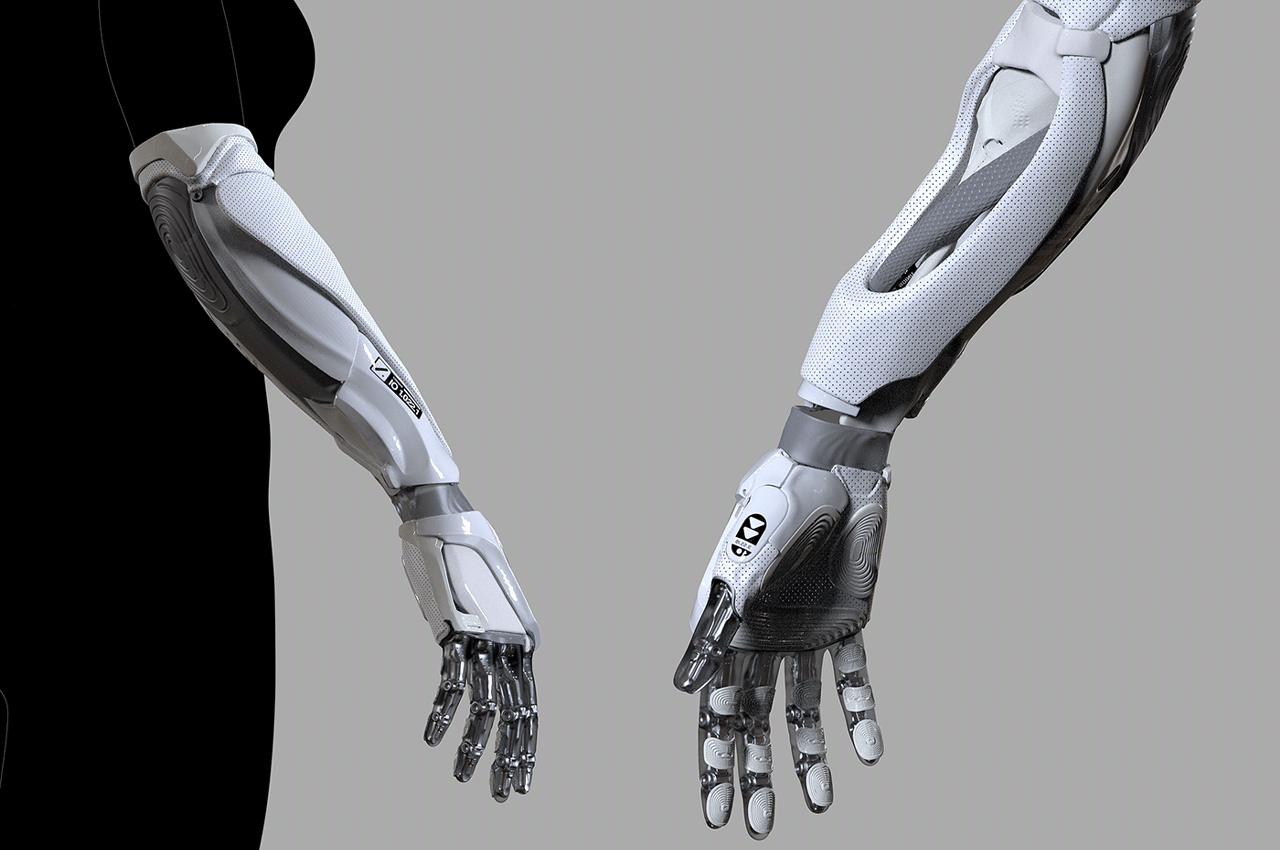
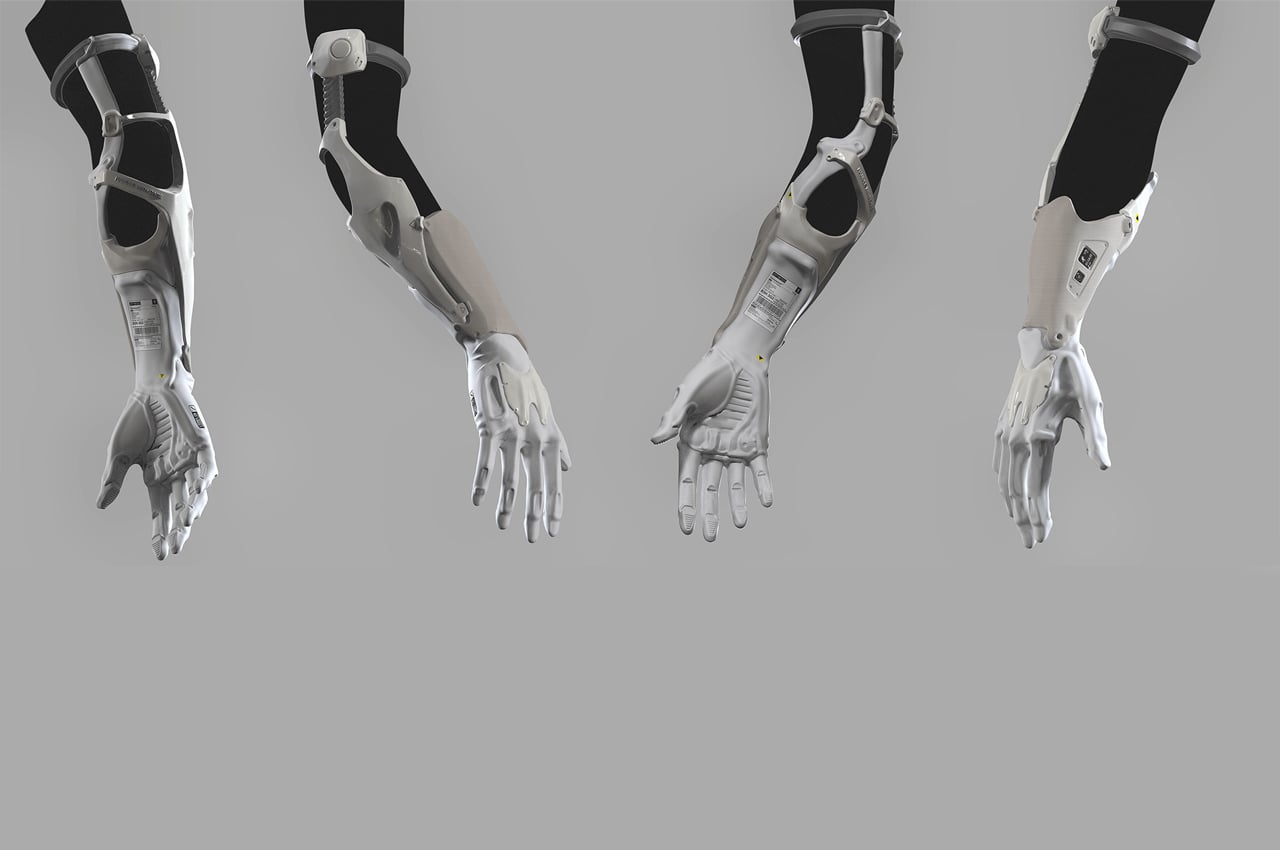
Called the Smart Prosthetic Arm, this wearable design concept merges AI and smart tech into a futuristic prosthetic limb. Prosthetic arms are often designed to resemble an actual limb, often adopting the user’s body and skin tone, however, this arm is designed to showcase its techy essence. It is created to normalize the usage of prosthetic limbs in common spaces, building familiarity and easy acceptance of it. Designed in optic white and slate black, a digital interface has been integrated around the prosthetic arm.
8. MicroMed
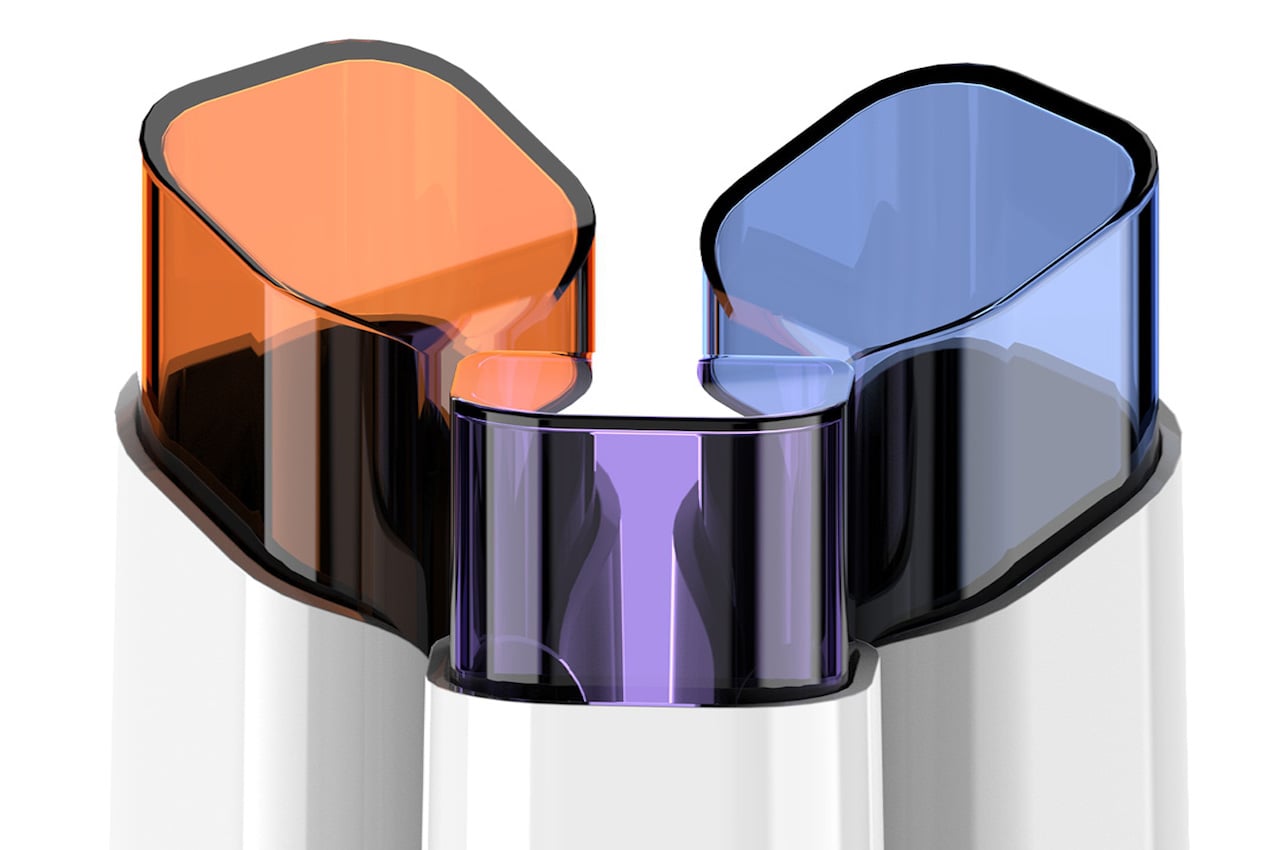
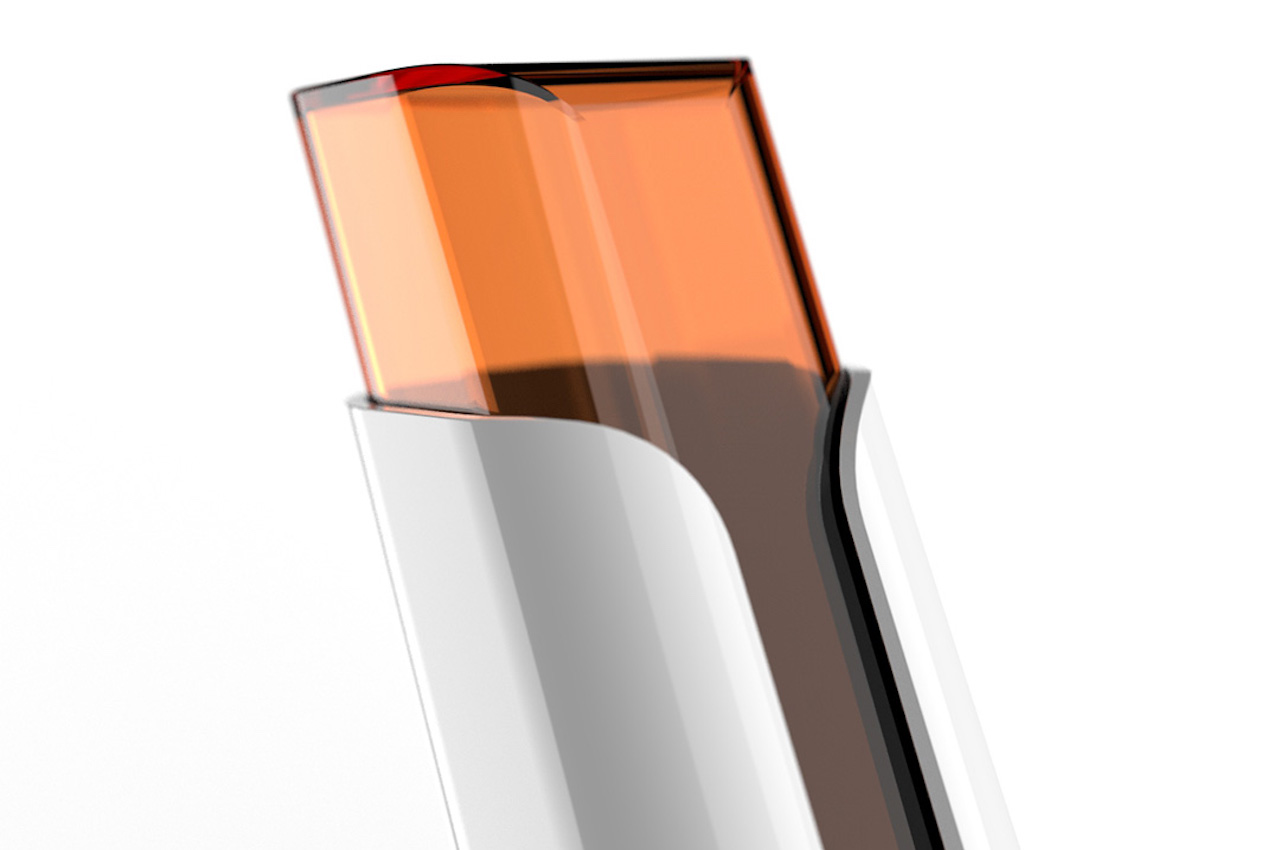
Named MicroMed, this conceptual product design lets you customize your medicine doses. It is designed to be an advanced med dispenser since the doses are based on the user’s needs and characteristics. You need to input data onto a companion app which then outputs the correct dose. MicroMed also eliminates blister packaging, which tends to be quite wasteful. This serves as an eco-friendly design, making way for a more sustainable future. It is equipped with a refillable cartridge system, which is helpful for those taking medicine every day.
9. Pimoji


This unique concept is called the Pimoji and it basically involves designing each pill around an emoji-esque representation of the issue or ailment it is trying to cute! Heart meds have been shaped like hearts, while toothache tables are made to look like teeth. The different pills come in adorable little shapes, helping you identify which medicine you’re taking, and for which particular ailment. It adds a fun and whimsical element to medicine consumption, making you feel like you’re having fun-shaped candies instead of medication!
10. Wethm
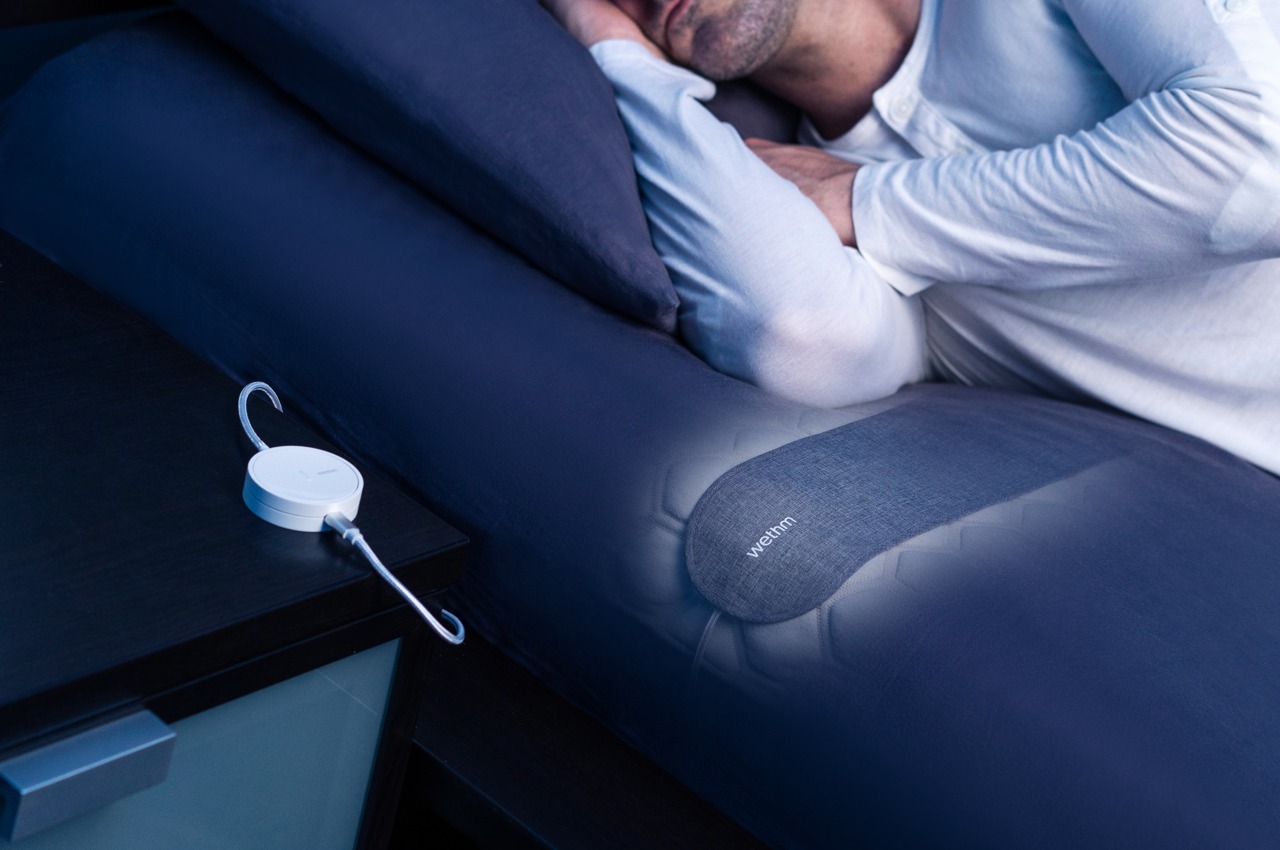
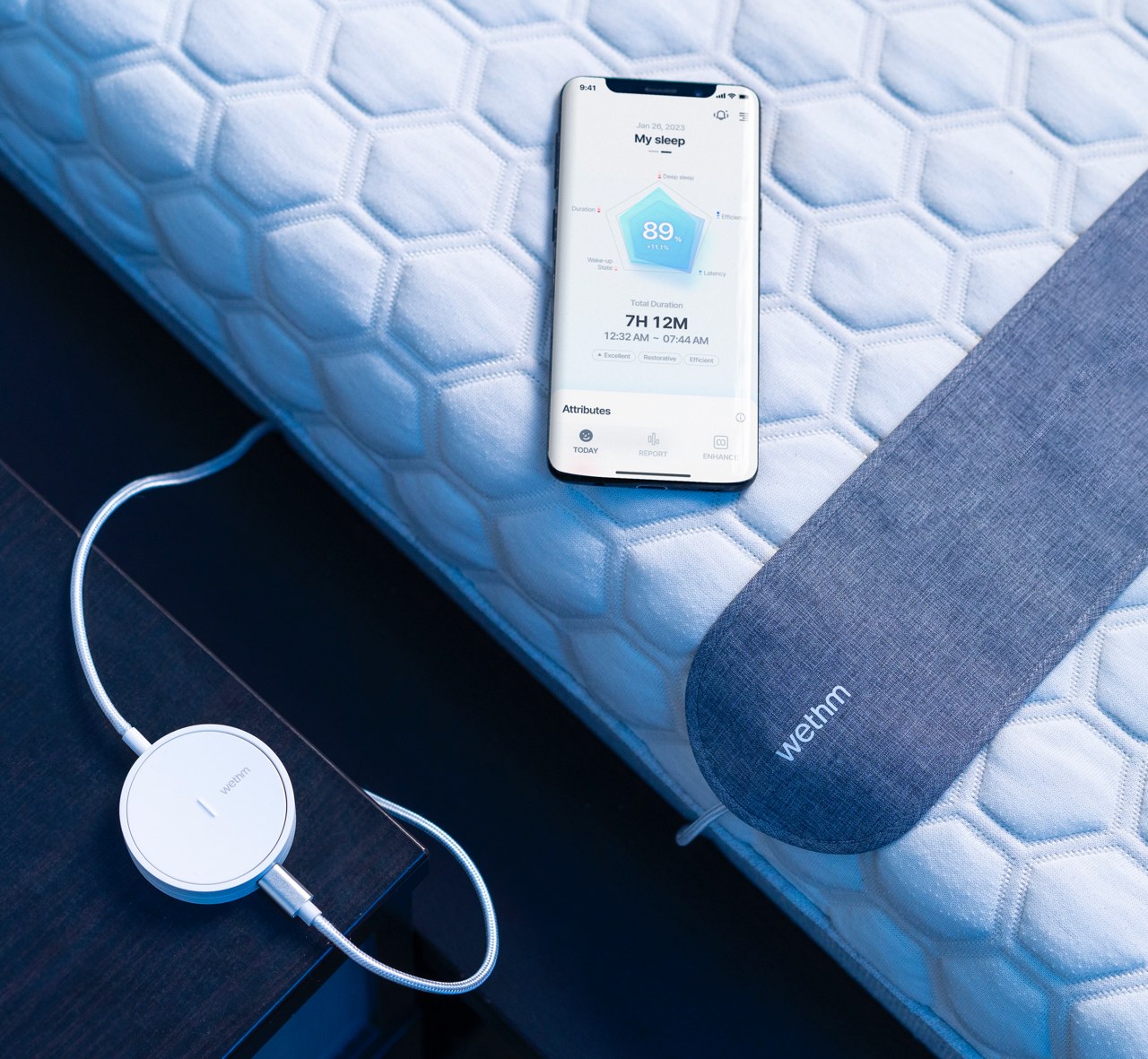
Say hello to Wethm – a tiny device that forms gentle vibrations of a train ride to slow down your chaotic mind. This process is known as cardiovascular synchronization, and it utilizes soft and gentle sounds to calm us down and lull our mind and body to sleep. The accessory is simple and yet effective, ensuring we enter a deeper and more peaceful state of steel. The device also uses a soft buzzing to slowly and patiently wake us up, helping us feel fresher and more recharged to handle the day.
The post 10 Best Groundbreaking Medical Devices And Technologies Of 2024 first appeared on Yanko Design.





